Hearing Aid Overview
Hearing aids are the most common treatment for hearing loss.
These medical instruments are electronic devices that are designed to detect, amplify, and process sound. Providing the auditory system with significant support, hearing aids maximize hearing capacity in all environments. Today’s devices are savvier and more innovative than ever before, seamlessly integrating into and transforming daily life.
How do Hearing Aids Work?
Hearing aids range in terms of style and features. Though there are numerous options, all hearing aids operate the same way. Hearing aids consist of the following components:
Microphone
Picks up sound from the environment and converts sound waves into electrical signals.
Processor
Receives the signals from the microphone and adjusts the signals in specific ways that cater to the wearer's hearing needs. The enhanced signals are then sent to the receiver.
Receiver
Also referred to as the speaker, the receiver amplifies the signals and sends them to the inner ear.
Power Source
The fourth component of all devices is the power source. Hearing aids are powered by disposable or rechargeable batteries.
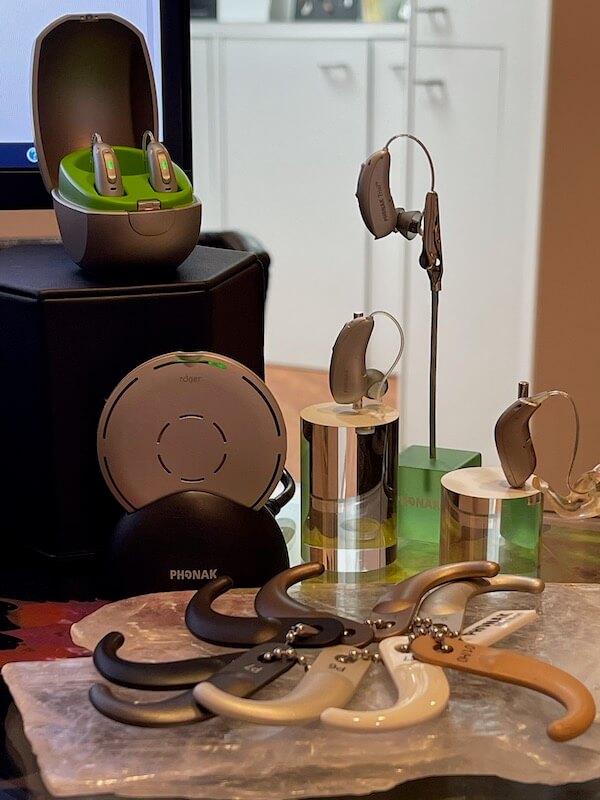
Common Hearing Aid Styles
Hearing aids come in a range of styles that offer different features. The optimal type of hearing aid depends on a few factors including the degree of hearing impairment as well as lifestyle preferences and desired technology. Common hearing aid styles include:
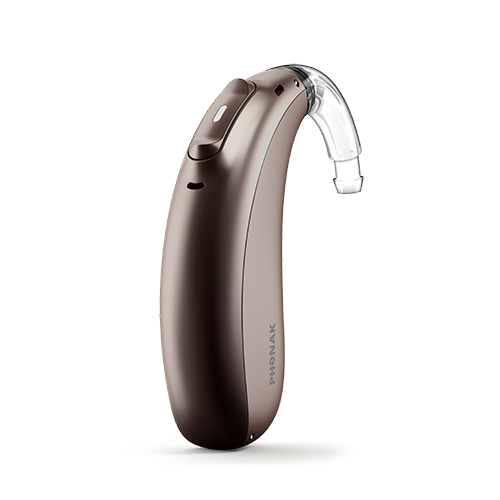
Behind the Ear (BTE)
This type of hearing aid is likely what you imagine when you think of hearing aids. This style is worn behind or on top of the outer ear with slim tubing that connects another earpiece worn in the lower portion of the bowl of the ear. BTE hearing aids are better suited for more severe types of hearing loss. There are different BTE styles including:
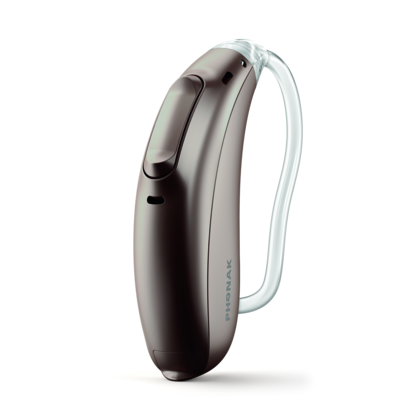
Mini BTE
This style is designed to be worn behind the outer ear. An ultra-thin tube connects to an earpiece worn in the ear canal. This type is best for mild to moderate hearing loss.

Receiver in Canal (RIC)
RIC types are similar to Mini BTE hearing aids but the receiver is in the earpiece worn in the ear canal. RIC types are more suitable for mild to severe hearing loss.
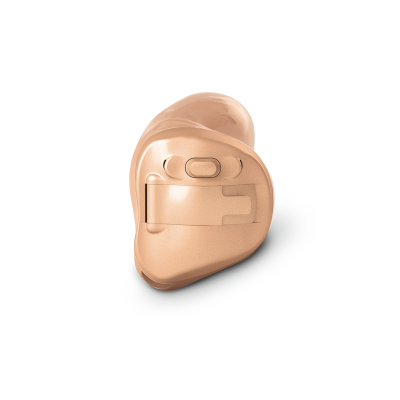
In the Ear (ITE)
ITE styles are worn in the ear and vary in size. They are made using an impression of your ear so that they sit perfectly in your ear canal. These are among the smallest types of hearing aid devices.
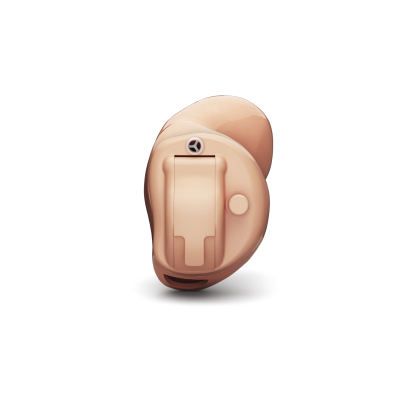
Completely in the Canal (CIC)
These are worn entirely in the ear canal. They are not entirely invisible and are suitable for mild to moderate hearing loss.
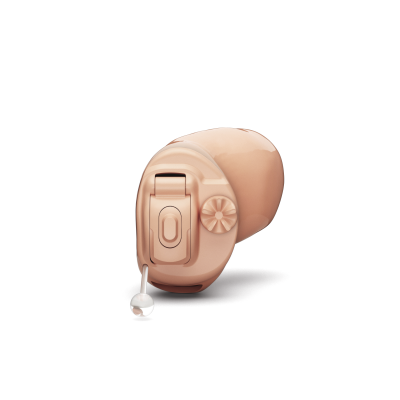
Invisible in the Canal (IIC)
The smallest type of hearing aid available, IIC hearing aids sit further in the ear canal. They are not visible, offering the most discretion. These types of hearing aids are designed for mild to moderate hearing loss.
We will work closely with you to determine which type of hearing aid is optimal for you.
Find a locationHearing Aid Technologies
Similar to most electronic devices, hearing aids have experienced significant innovation over recent years. With advances in technology, digital hearing aids have become increasingly automatic and are equipped with more features. Advanced features include:
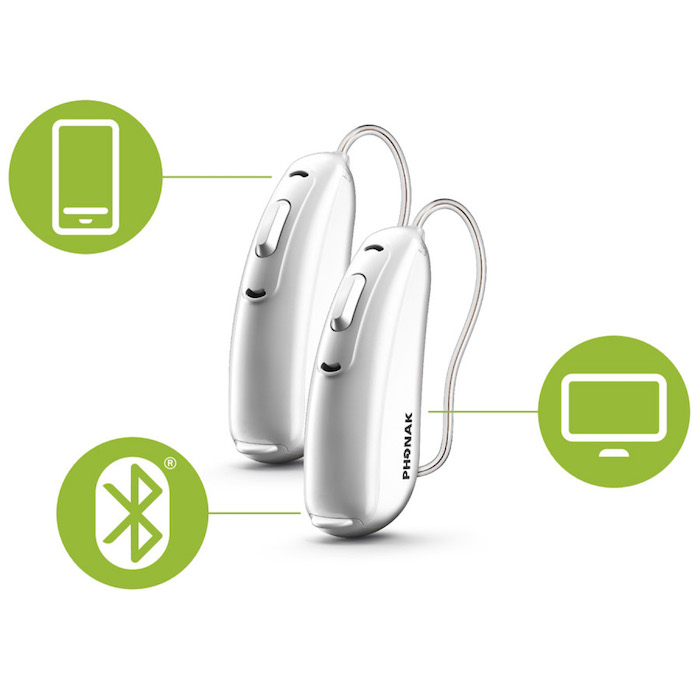
Bluetooth technology
Bluetooth technology allows hearing aids to wirelessly connect with other devices like mobile phones. This enables the hearing aid to then stream audio directly which offers several benefits like enhanced sound quality, feedback reduction, and greater accessibility.
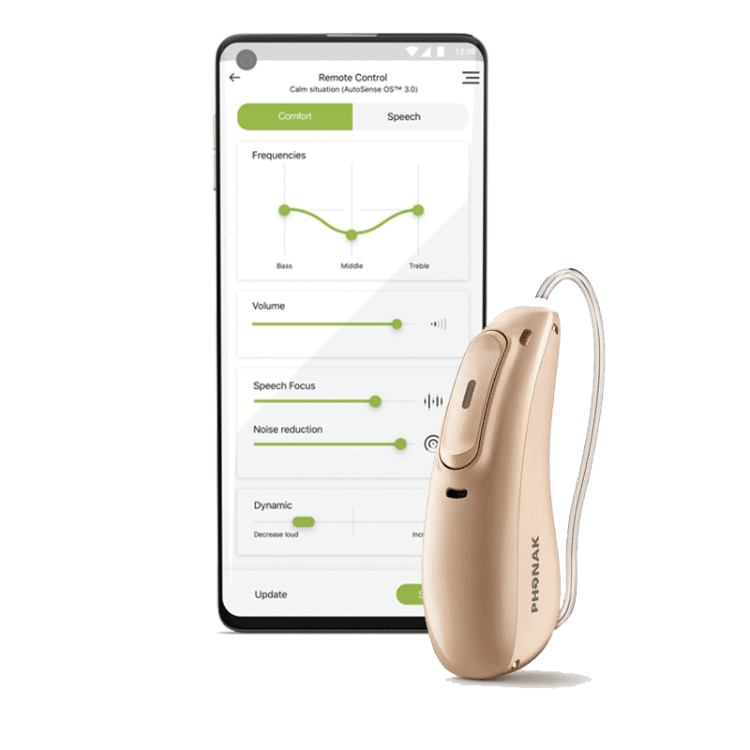
Smartphone apps
Many of today’s hearing aids come with smartphone apps. This allows users to easily make adjustments, check battery life, convert speech into text, etc.

Rechargeable batteries
More and more hearing aids have a rechargeable battery option. This prevents people from having to stock up on consistently swap disposable batteries. Rechargeable batteries are more sustainable and this option will become increasingly available.
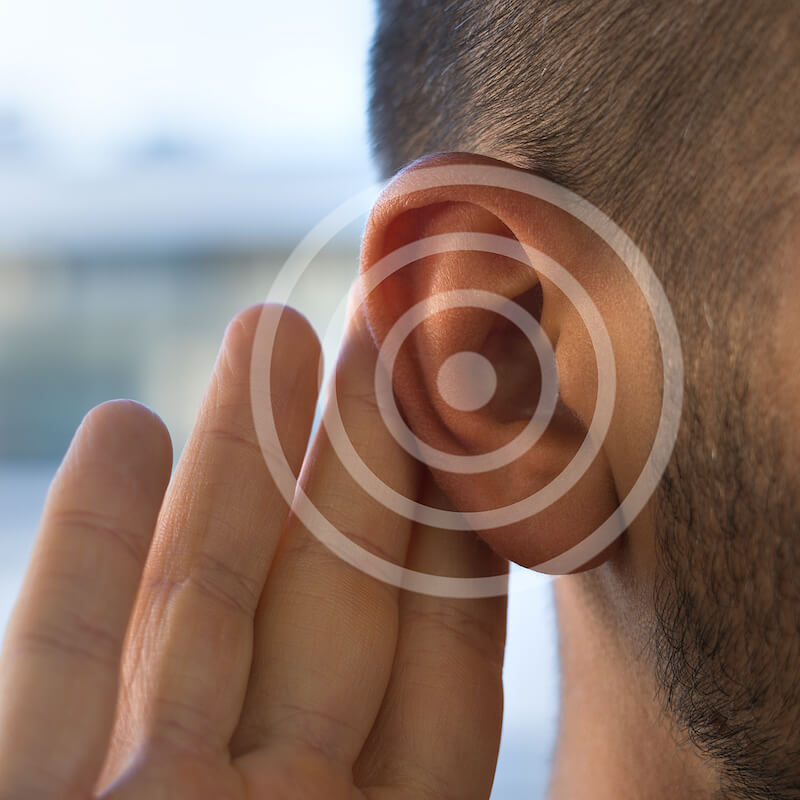
Tinnitus masking features
Some hearing aid devices are equipped with tinnitus masking features. This allows your hearing healthcare provider to program your device to emit sounds that mask tinnitus.

Digital noise reduction
This technology analyzes sound signals and identifies as well as filters unwanted noise. This reduces environmental noise, sharpens sound, and maximizes hearing.
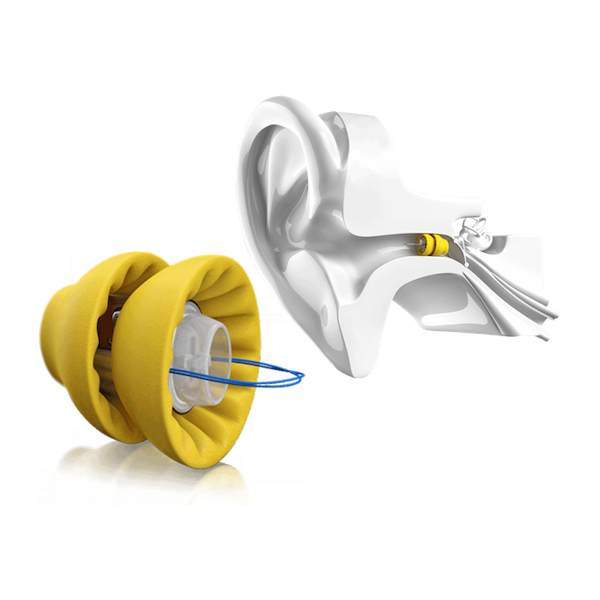
Phonak Lyric™
- The world’s only 100% invisible hearing aid
- 24/7 Hearing
- Hassle-free
- Tinnitus symptom
The hearing aid that is best for you also depends on the technologies you are interested in. These advanced features are designed to enhance sound quality as much as possible, maximizing hearing capacity.
Find a location